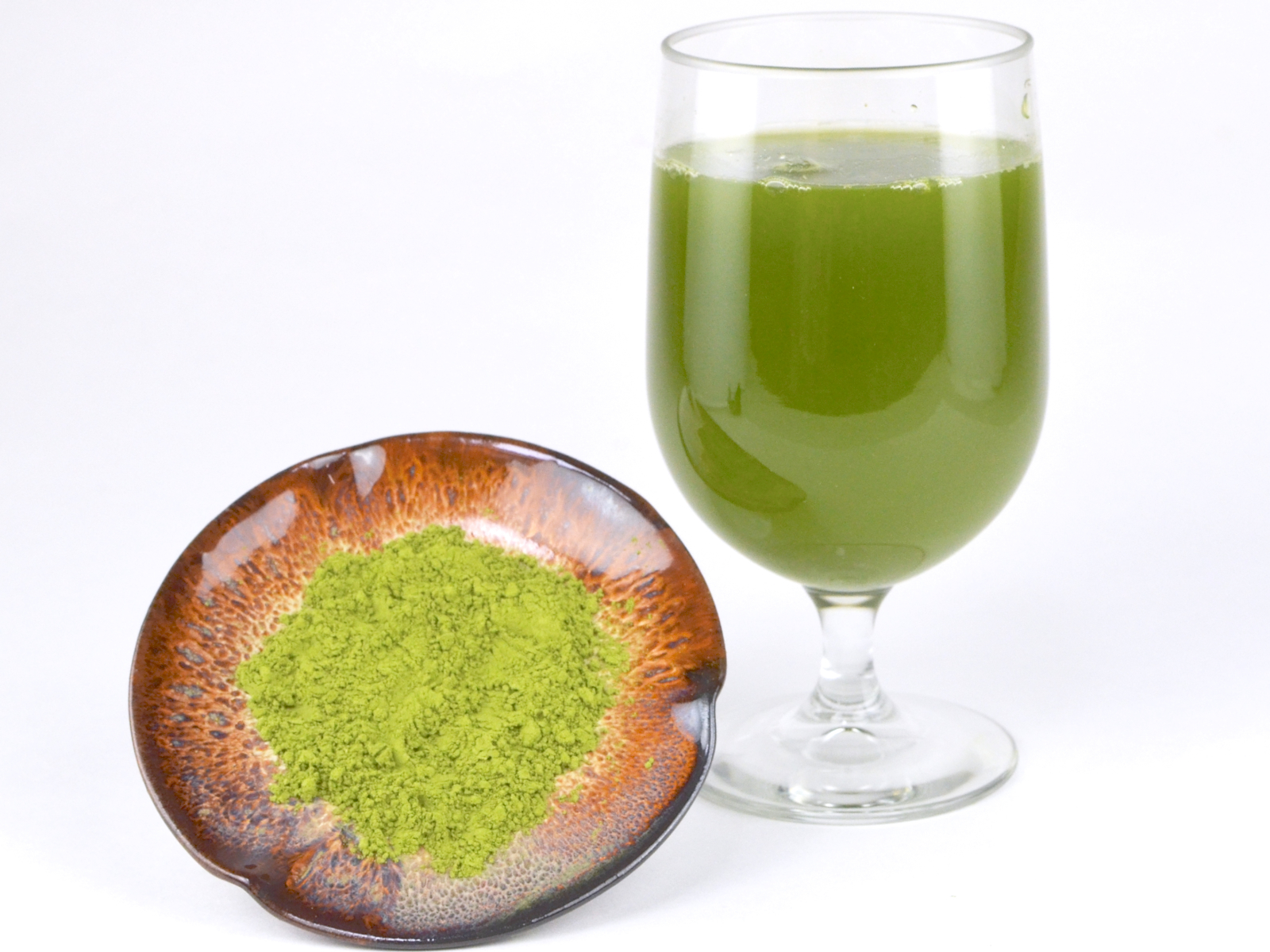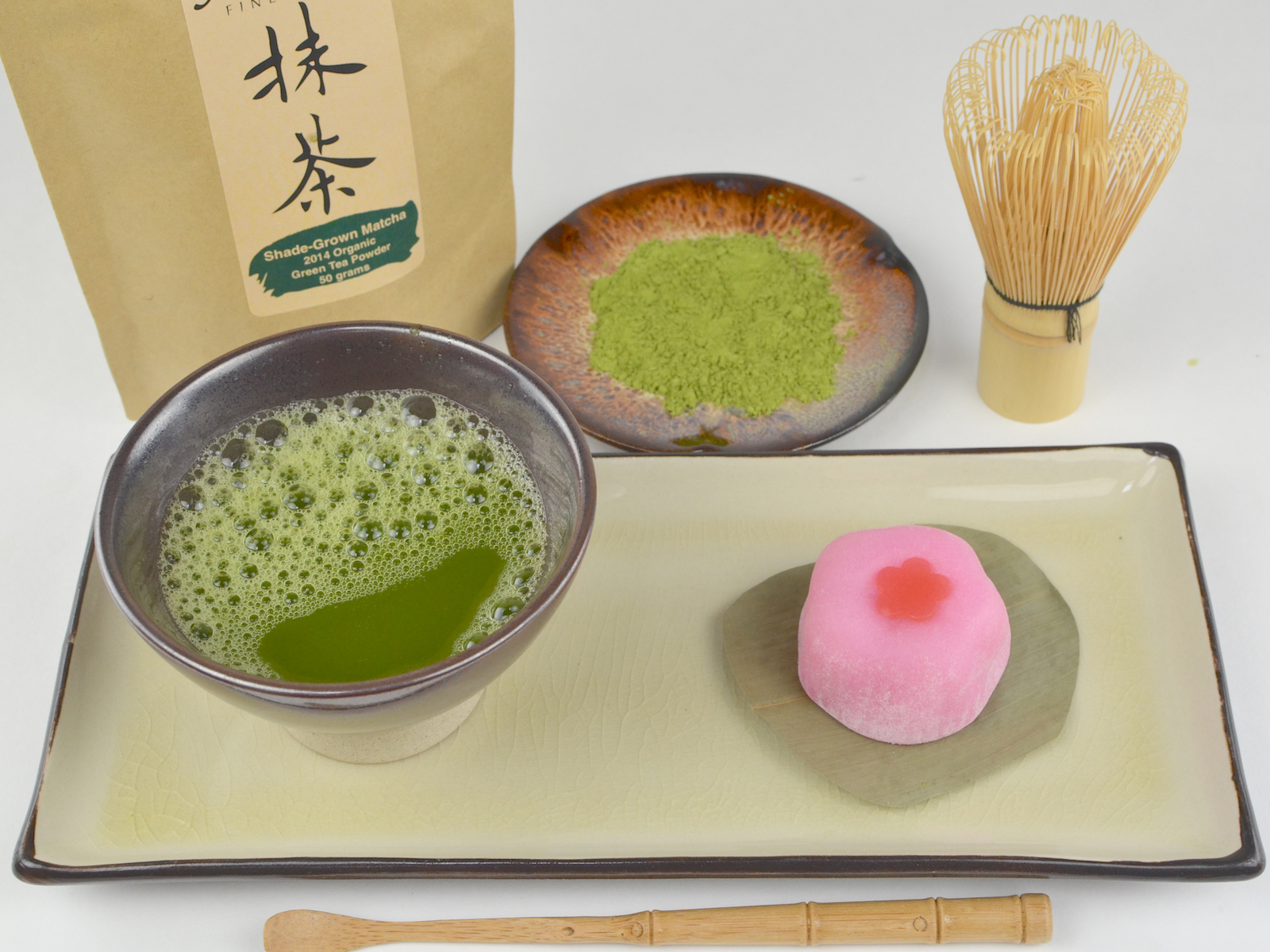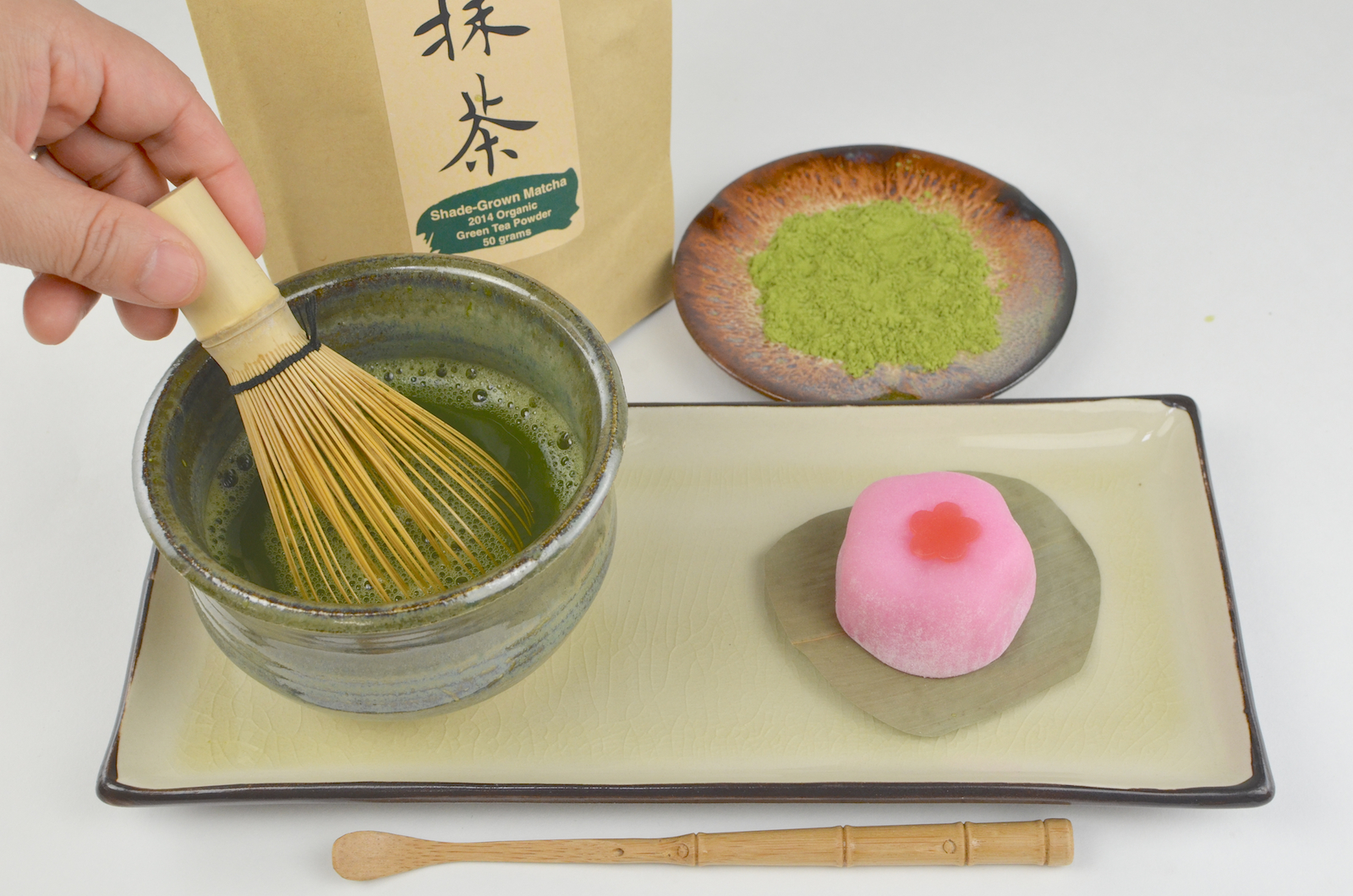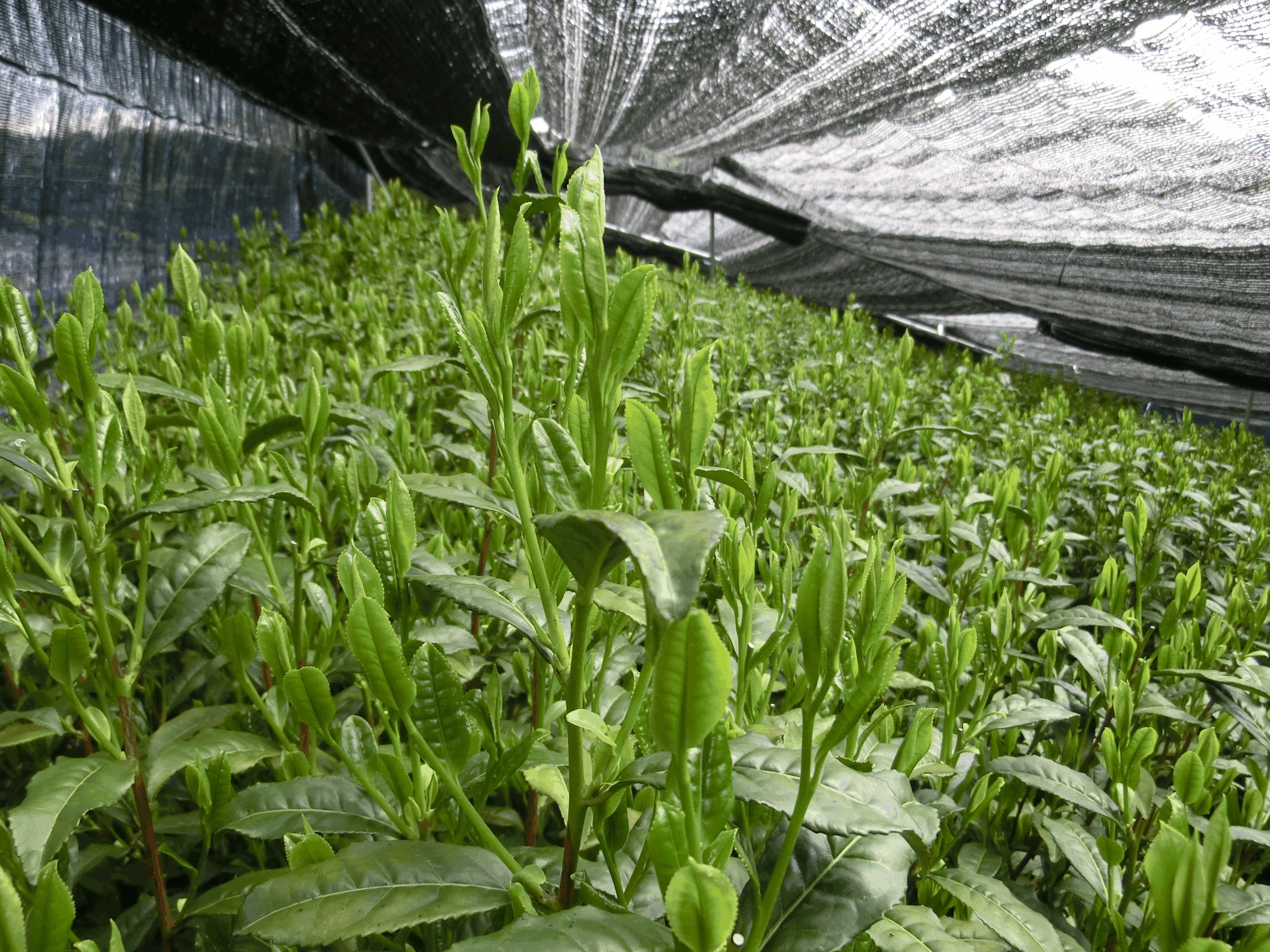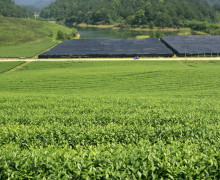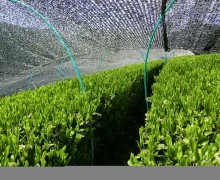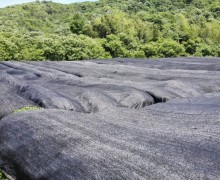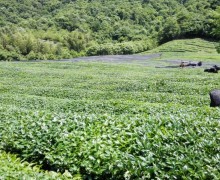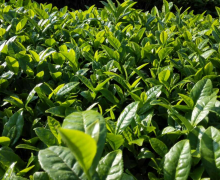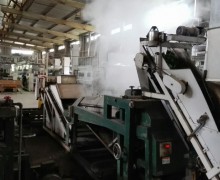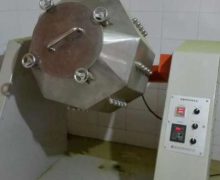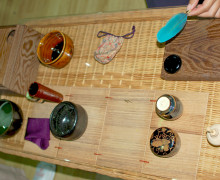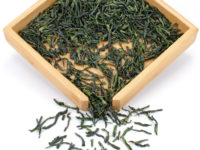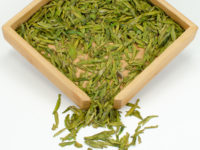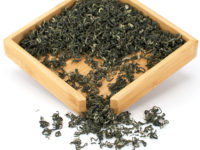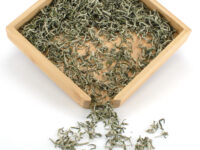Shade-Grown Matcha
Organic Green Tea 50 grams 2024
Japanese-style powdered green tea that is typically whisked to a froth in hot water. Our organic matcha is shade-grown for a smooth and lightly sweet flavor. This finely powdered green tea has been used in Japanese tea ceremonies for centuries.
$21.00
44 in stock
- Tea Origin
- Zhejiang Province, China
- Tea Bush
- Jiu Keng, Longjing #43, Quntizhong
- Tea Maker
- Shi Yurong
- Harvest Time
- Mid-April
About Matcha
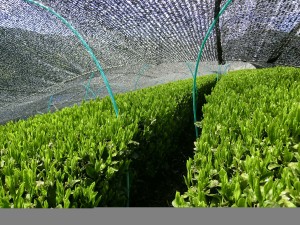
Matcha is tea powder and water whisked together, and eaten/drunk entirely. This is a very old style for drinking tea in China, beginning before the Tang Dynasty (618-907). This is different from modern loose-leaf style brewing, where we drink the infusion of leaves instead.
The tea bush is native to China, where it has been used as a medicinal herb and ingredient in food for thousands of years. During the Tang Dynasty, green tea started to become a popular daily drink for everyone.
Tea’s history in China had a long journey to get to the vast selections and styles we know today, but in the beginning, all tea was powdered green tea. Tea leaves were first ground into powder and then compressed into small cakes during the Tang Dynasty. To drink, they would break off a small piece of the cake (about the size of 1 rice grain) and boil it. During the Song Dynasty (960-1279), tea culture prospered and the technique of stone grinding was introduced to make tea powder even finer. During the Ming Dynasty (1368–1644), tea culture experienced a large shift from powder to the whole leaves we know today, and this was when people began saying he cha (drinking tea), rather than chi cha (eating tea).
During the Tang dynasty, Japanese travelers began studying Chinese culture and language and learned about tea culture from Buddhist Monks. Japan still holds the old traditional methods of grinding tea into powder for Matcha and have developed their own methods of producing loose-leaf tea. However, in China, matcha has lost popularity but is still largely produced as an export product.
How Shade-Grown Matcha is Made
Our organic Matcha comes from Zhejiang Province, where powdered tea began. Matcha is generally bitter and grassy, but to reduce this bitterness, high-quality matcha tea bushes are grown in the shade. Shading the bushes encourages the bushes to create more amino acids and sweetness, and brings out a deep, vibrant green color in the leaves. Shading begins in March, generally one month to 40 days before the new growth develops on the bushes, and lasts until the day of harvest.
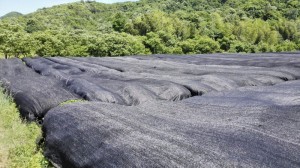
After harvesting in April, the leaves are steamed to kill the enzymes that cause oxidization. They are then dried and stored in a refrigerated area until it is ready to be ground into a fine powder by a special mill.
To ensure the tea is certified organic by EU standards, and high in nutritional content, the garden around the bushes is weeded by hand in July-September and are naturally fertilized with fermented animal manure and fermented bean pastes made from rapeseed or soybeans.
How to Make Matcha at Home
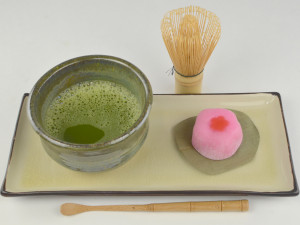
The traditional way to make matcha uses a tea bowl, sometimes called a “Matcha Bowl” and a bamboo whisk. Start by warming your bowl by whisking it with heated water. Once you dump out the water, add two to four grams of matcha into the bowl, depending on how light or thick you enjoy your tea. Heat your water to 140-160 degrees. First, add a spoonful of water and gently stir the powder into a smooth, thin paste. After the tea mixed to smoothness, add another 60 ml and stir vigorously to make an even froth on the top of the liquid. Now sip your tea and enjoy.
Matcha is richer than a normal infusion of loose leaf tea. To avoid nausea, it is best to take food or a small dessert with your tea, as is done in some tea ceremonies. The fine particles of matcha powder are sensitive to heat and light. Fresh matcha is much different than that which has deteriorated from improper storage. It is best seal your containers well and store them in a refrigerator or cool place.
No chemical fertilizer, pesticide, or herbicide was used in the production of this tea. Click here to read more about our promise to fair trade and the environment.
Shade-Grown Matcha 2024 brewing guidelines
For a simple way to prepare a daily cup of matcha:
In a 12 oz cup or glass pot:
Add two grams (1 teaspoon) of tea and a small amount of water and mix until smooth.
Fill vessel with hot 71°C (160°F) water, mix.
If you prefer, use room temp or colder water during the summer.

